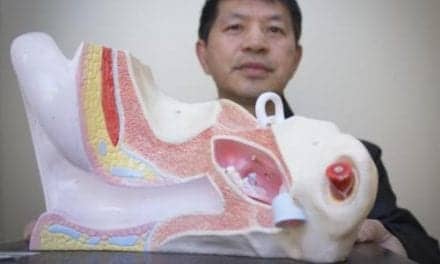Researchers from Australian National University (ANU) have conducted a study on synesthesia, a condition that allows some people to hear colors, taste sounds, and experience other cross-sensory phenomena. In a study article published in the May 2015 edition of Consciousness and Cognition, the researchers found that for synesthetes (synaesthetes), there can be strong mental associations between the five senses and related concepts. The research centered on measuring the degree to which people with synesthesia draw meaning between words.
“For them words like ‘doctor’ and ‘nurse’ are very closely associated, where ‘doctor’ and ‘table’ are very unrelated,” said lead researcher Stephanie Goodhew, PhD, College of Medicine, Research School of Psychology, ANU. “Much more so than for people without the condition.”
In a recent ANU announcement, Goodhew explained that synesthetes have stronger connections between different brain areas, particularly between what we think of as the language region of the brain and the color region of the brain. Those connections lead to a triggering effect, where a stimulus in one part of the brain can cause activity in another.
A person with synesthesia, also described as a “union of the senses,” might hear shapes—a triangle will trigger an experience of a sound or a color. Another possibility for synesthetes, the researchers say, is to experience a specific taste sensation when they hear a particular sound. “One person [in the study] reported that smells have certain shapes,” said Goodhew. “For example, the smell of fresh air is rectangular, coffee is a bubbly cloud shape, and people could smell round or square.”
The findings from this study could help scientists better understand the mysteries of synesthesia, said Goodhew, which affects an estimated one in every 100 people.
Source: Australian National University, Consciousness and Cognition
Image credit: © Esignn | Dreamstime.com





